Trump Wasn’t Wrong That We Need to Take Better Care of Our Forests
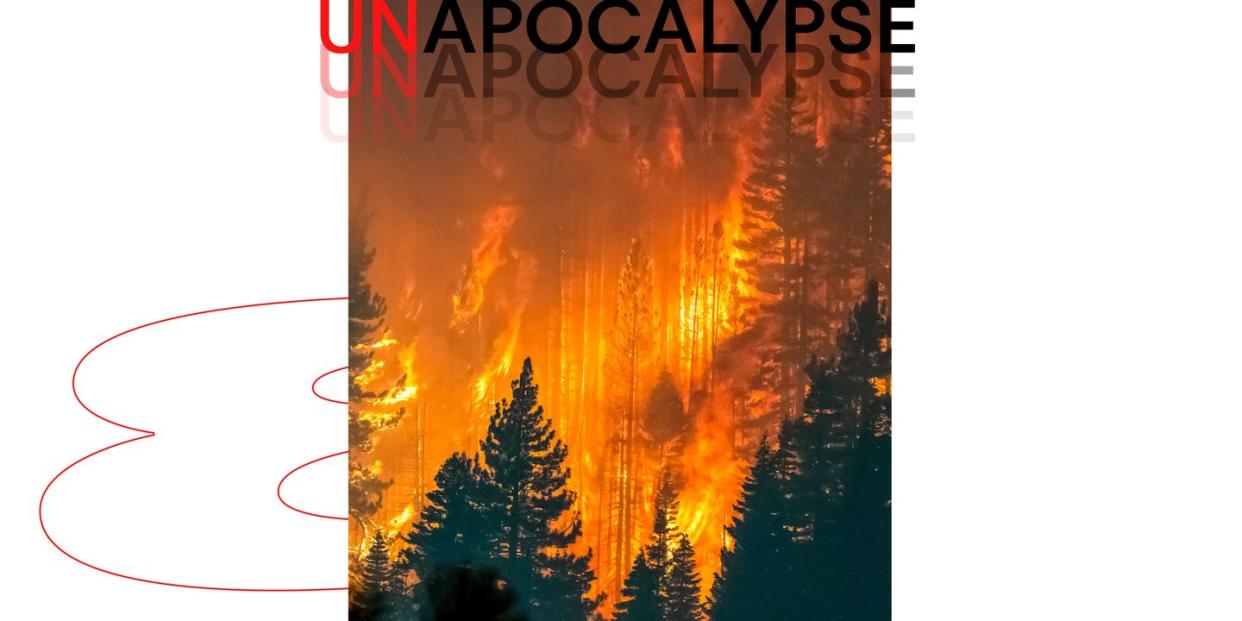
- Oops!Something went wrong.Please try again later.
"Hearst Magazines and Yahoo may earn commission or revenue on some items through the links below."
We’ve heard an awful lot of awful news when it comes to the climate crisis. But there are also very smart people working on clever ways for us to dig ourselves out of the hole we’re in. UNAPOCALYPSE is a series from Esquire that highlights ways humans can mitigate and adapt to the damage caused by a changing climate.
You can find previous editions here and here.
Donald Trump said he’d been talking to the president of Finland, and he’d heard something about raking. “He called it a forest nation,” Trump recounted, “and they spend a lot of time on raking and cleaning and doing things, and they don’t have any problem.” He was expounding on a previous point while touring the wreckage left behind by California’s catastrophic Paradise fire in 2018: “We’ve got to take care of the floors, you know, the floors of the forest.”
This was dismissed as fundamentally unserious across wide swathes of the political media, and not just for the inartful phrasing. Trump seemed desperate for a fire fix that did not involve coming to grips with the climate crisis. But taken in the most generous possible terms, he had a point. While wildfires have grown bigger and more destructive in the United States and across the world due to hotter and drier conditions linked to the changing climate, we do have some work to do when it comes to what’s called “forest management.” One piece of that concerns managing the vegetation that fuels fires at ground level—in Trump’s parlance, “the floor.” Though a far bigger factor is that we’ve simply been fighting fires wrong for most of a century.
Since the earliest days of the U.S. Forest Service, our wildfire strategies have focused on suppression. “Gifford Pinchot, the founder of the Forest Service, went to Europe and learned about forest management practices,” says Stephanie Pincetl, founding director of the California Center for Sustainable Communities at UCLA, “and he brought over this idea that the best forest is the forest that doesn't burn naturally.” But the forests do need to burn. It prevents overgrowth and clears out decaying trees (making more space and leaving more sunlight for healthy ones) and even spurs the reproduction of some species in the ecosystem. In that model, smaller and moderately severe fires burn at regular intervals. Instead, we’ve got forests that are thick with flammable material. Combined with changing climate conditions, this has helped to create huge–and hugely destructive–fires.
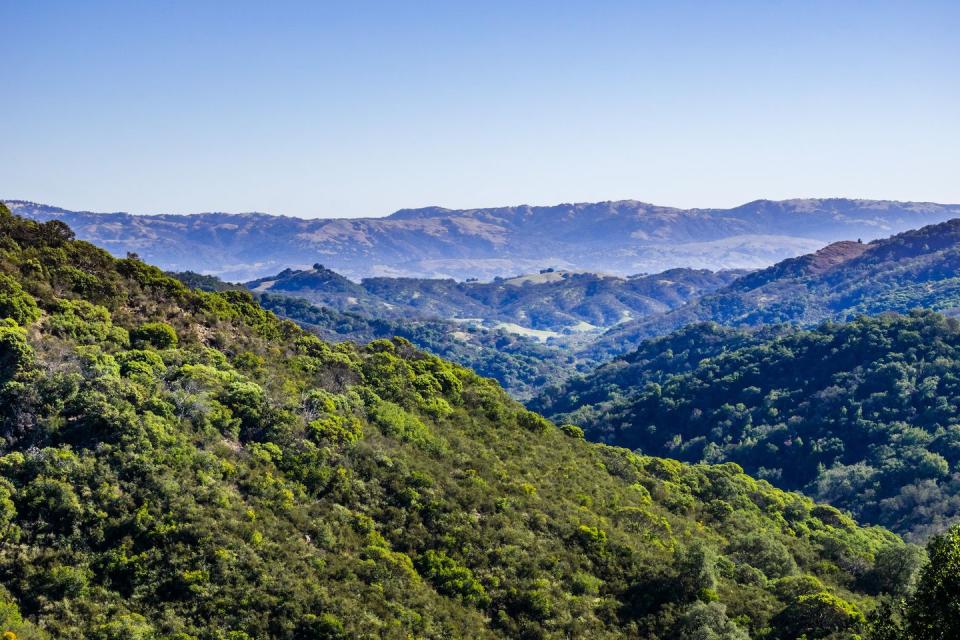
The area encompassing both Southern California and Baja in Mexico have what’s known as chaparral ecosystems: dry soil, hot weather, and short shrubs. But these two regions’ fire lives have played out very differently. “Right across the border, there are very similar chaparral ecosystems,” Pincetl said, but “that chaparral has not had the benefit of fire suppression, because the Mexicans simply can't afford it. And it continues to exhibit this low intensity fire pattern, which does not kill the chaparral, but there are unsuppressed fires that occur on a relatively regular basis. And people don't die. The houses aren't burned. There's not huge conflagrations. So how do we get back to that kind of chaparral, is the question.”
There are a few different prescriptions. The bulldozer route is one: We can go in with our modern tools and thin out overgrown forests, removing trees to create better spacing between them. We could even do some raking, which will surely delight our former president, as we look to clear out the undergrowth that fuels fires. All this is sometimes called “mechanical thinning.” Hopefully, these adjustments would leave a forest full of healthier trees, which get more sunlight and nutrients and are less vulnerable to pests and rot. All this would make them more resistant to fire, limiting the scale and destruction of fires. But it would also be expensive. And it will depend on which forest it is, and where. “Mechanical thinning often requires very heavy machinery, which you might not be able to get to certain locations if they're very mountainous or otherwise difficult to traverse,” says Rebecca Miller, an AAAS Science and Technology Policy Fellow who’s studied wildfire resilience in the American West at USC. In some cases, clearing out brush also isn’t an option if we’re also interested in preserving the intertwined species that call it home. “If I clear the chaparral for there to be less fire hazard, I'm killing that ecosystem,” Pincetl said. “Now, if we introduce really good prescribed burns, and you manage it and you do it in the right season, you might be able to restore a healthy chaparral.”
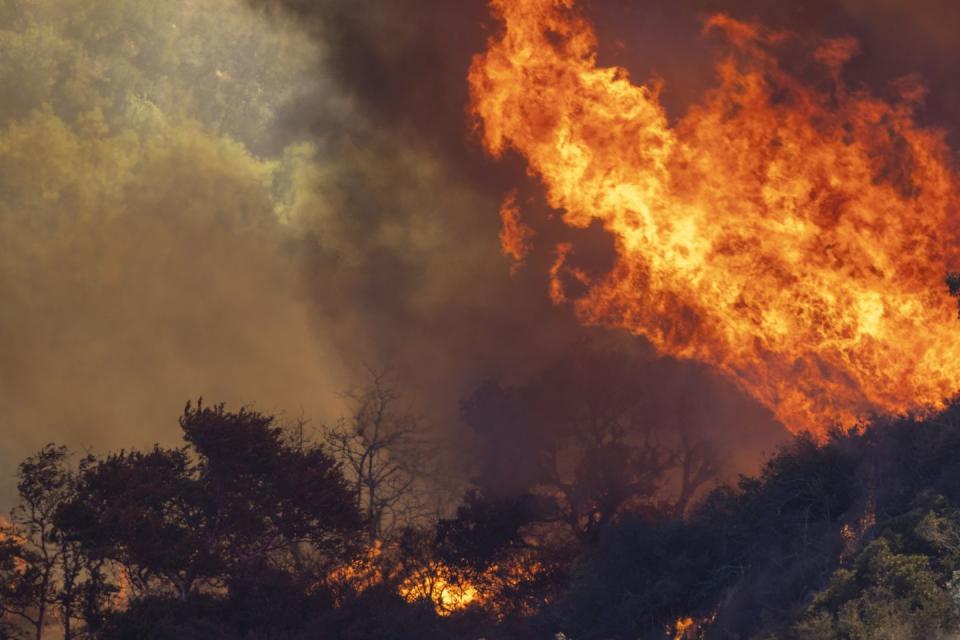
This notion of “prescribed burns”—where smaller fires are set in controlled settings to clear out flammable fodder—actually constitutes a new appreciation for a very old method. For millennia, forests have burned naturally, often sparked by lightning strikes; but they’ve also been shaped by humans in that time. Indigenous peoples in North America have long used fire to clear areas, to promote different types of plant and animal species, and to prevent larger, catastrophic fires. According to research from the National Park Service, oak and chestnut trees likely dominate many forests in the eastern United States thanks to targeted burning. Folks in the Midwest used fire to clear and maintain prairies as pastureland, while in the Northern Rockies, it was a means to prevent more serious conflagrations. There is evidence that, in addition to reducing the fire threat, people in California used fire to shape redwood habitats. In general, the Park Service says, burns can be credited with “improving soil quality and spurring growth of certain plant species, creating a healthy and resilient landscape.”
But as European-style suppression strategies came to dominate over the last century, what’s called in this context “cultural burning” took something more than a backseat. It’s enjoying a resurgence now, and Miller holds up the state of Florida as a model for a more successful prescribed-burn strategy. “It’s a much more humid climate, which also facilitates that,” she said, “but there are also liability laws in place in Florida for many, many decades that contribute to the ability of private landowners to conduct controlled burns. Only very recently did the law change in California to change that liability standard in order to increase the use of controlled burns on private land.”
Here Miller pointed towards a whole bunch of modern obstacles to forest management, be it prescribed burns, mechanical thinning, or “managed wildfires” (a naturally ignited fire that burns out in an unpopulated area). One issue is the fairly basic concept of private property. It’s one thing for the government to organize prescribed burns on land it owns. But of California’s 104 million total acres, according to a study Miller co-authored, 45 million—or 43 percent—are owned by the federal government. Local governments below the state level own another 27 percent, and the remaining 30 percent belongs to the state of California and private entities. The state administers just 2.2 percent of forested land, but CAL FIRE, a state agency, provides wildfire protection to private lands as well.
It’s one thing for the state to enter private property to respond to a natural disaster, an intervention that enjoys broad support across the political spectrum. But once you get into preventative behavior like mechanical thinning and prescribed burns—“fuel treatments”—it becomes a different issue. “Are they trained in how to conduct a prescribed burn?” asks Miller, introducing some elements of the calculus for a private citizen. “Are they concerned about it escaping and causing a liability issue? Are they going to go bankrupt because it set their neighbor’s property on fire?” She added that “a tiny, tiny sliver, far less than 1%, of prescribed burns actually get out of control,” but the possibility is still in the equation. There’s a larger kind of eminent domain question at work around whether the government has the authority to insist that private landowners manage their forests in a certain way based on the public interest in having fewer catastrophic fires. California seems to be looking for a way around this, taking a page out of Florida’s book to change the incentive structure for private landowners—who, by the way, include big lumber companies as well as ranchers or private landowners.
“Even just in the last legislative session in California, there have been changes to the liability regulations,” Miller said. California has moved toward Florida’s model of a “gross negligence standard,” raising the bar for landowners to be held liable. “There has been the creation of special insurance funds to protect private landowners. There are training systems that are ongoing for private landowners to feel more confident about doing these burns. There already exist special agreements that you can enter with CAL FIRE to have a sliding cost scale. You can do a prescribed burn on your land, but CAL FIRE actually sets the fire. But we're going to have to see how much actually changes in the next few years as those policies move from the legislature into actual implementation.”
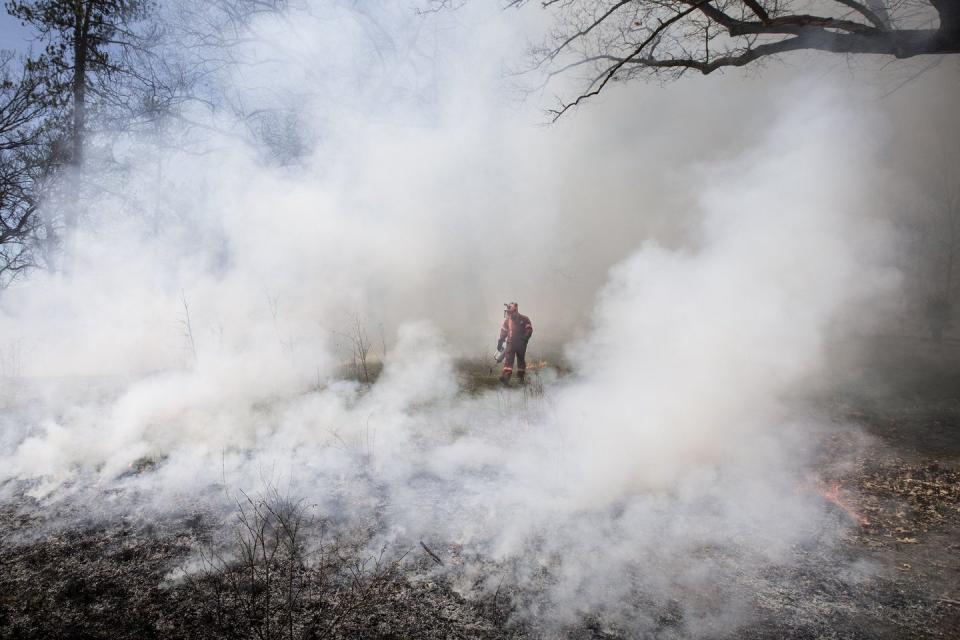
Then there are the public opinion issues around these controlled burns: The public doesn’t like them. “They fear what fire can do,” an anonymized California state employee told Miller and her co-authors for their study. “They hear ‘prescribed fire’ and they hear ‘fire.’ I don't think we've done a great job to educate what the ‘prescribed’ part of that means.” The Western public by and large sees enough fire and smoke, and they’re not interested in the authorities intentionally creating more.
But a federal employee (also anonymous) offered something of a path forward: “If you could get the public to understand that Smokey the Bear is not right and you're going to end up with fire no matter what, then you could get in a dialogue of what kinds of conditions you would want to have.” We spend a ton of money on fighting big fires, and there often isn’t much left to spend on preventing them. Plus, people don’t just fear they’ll burn out of control. “They don't like the ash falling on their houses because the controlled burns probably should be prioritized by the likelihood of neighborhoods burning,” Pincetl said, meaning they’ll be near human habitats almost by definition. She added that the burns are restricted by state law, which requires that they happen only when the air quality is otherwise good enough that it won’t make the damage to public health more severe.
Beyond people’s opinions about these fuel treatment techniques, though, we have a more fundamental problem. Put simply, there are Americans living in places no human beings should realistically live. It’s true down on the Gulf Coast on the flood plains, it’s true in water-starved areas of the Southwest, it’s true in some basement apartments in Queens, and it’s true of fire-prone spots throughout the wider West. One basic fact of life in a climate-adjusted world is that people are going to be on the move, but it’s no easy thing to convince somebody they have to. And to make them? It’s a major political battle to institute any rules at all, a contest of competing interests that, as it always does in America, comes down to power and who has it.
“The question behind each one of those different strategies is what kind of forest are you trying to create,” says Pincetl. “Are you simply trying to create a less fire-prone forest? Are you trying to create a forest that is more analogous to pre-white settlement? Are you trying to create a forest, like some would want, to simply produce a lot more timber? Are you trying to create a forest that also has habitat? These are difficult decisions, because any one of those outcomes may lead to a different forest treatment. There's science for sure, but the choice is not entirely a scientific choice. That's a social choice.” In Montana, elected officials like Gov. Greg Gianforte and Sen. Steve Daines back forest management policies that, while they have some solid scientific backing, some conservation groups say are geared towards aiding the timber industry. But even that comes down to which firms you’re talking about. Does the timber company favor a longer-term vision that prioritizes the health of the forest so it will produce for decades to come? Or do they have investors—or new ownership—that demand fast returns and the forest management to match?
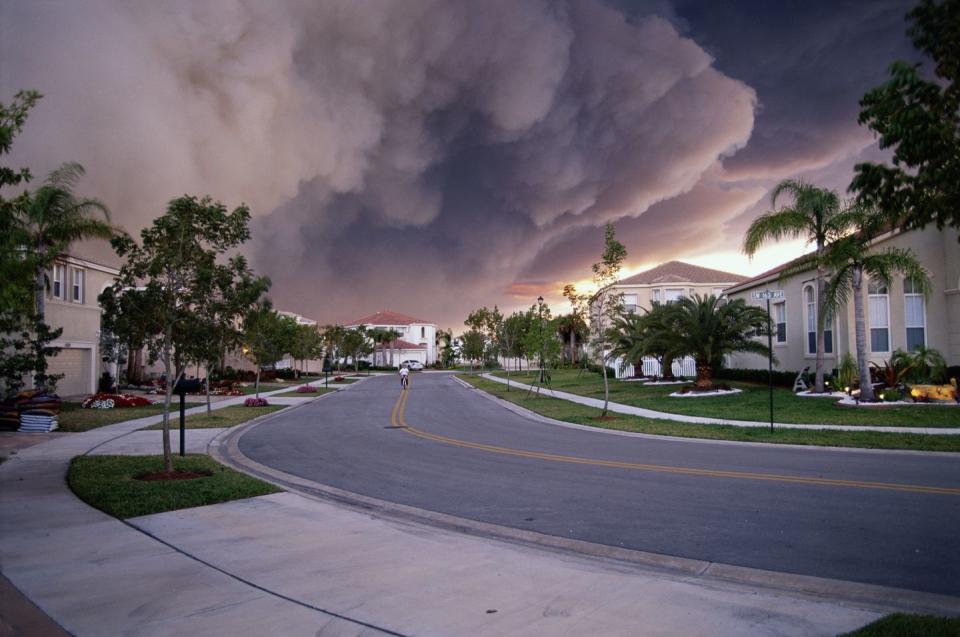
The answers we find will have consequences for everyone. Speaking with people out in Idaho last month, I began to appreciate for the first time the psychic toll of fire season—worrying about a fire coming through your area, sure, but even about the smoke that will keep you inside the house and away from all the things that make you love living where you do. And it’s not just about human flourishing. Pincetl also pointed out that regular, lower-grade fires foster the growth and reproduction of certain species, including the towering and ancient Sequoias, a collective wonder of the world whose habitats have been altered—and have come under increased fire threat—because of how we’ve managed these lands over the last century. “The Sequoia need fire for the seeds to germinate,” Pincetl said, “but a century or more of fire suppression has fundamentally altered these ecosystems so that we've excluded fire, which makes it very difficult for some of these plants to reproduce. We have seen the aging of this Sequoia ecosystem over time.”
This is just one kind of ecosystem in one area of the world. Some are overgrown with brush and ground vegetation. Others are prone to “crown” fires, which engulf the tops of trees and spread rapidly. Some, if they’re thinned out effectively, will actually become better carbon sinks, soaking up the CO2 that’s causing our climate problems at root, all while becoming more fire resilient. Some forests are probably meant to burn every 30 years, some 50, some more frequently. “We have weak intelligence about these ecosystems, and we have not accorded [respect to] the Indigenous peoples who've lived in these ecosystems for many thousands of years and managed them,” Pincetl said. What we have learned, in our forests just as in our cities, is that our campaign to secure a mastery over nature for so much of our history has come with a cost. We can clear trees and brush all we want, but we also need to accept a little wildfire to avoid a big one.
You Might Also Like

